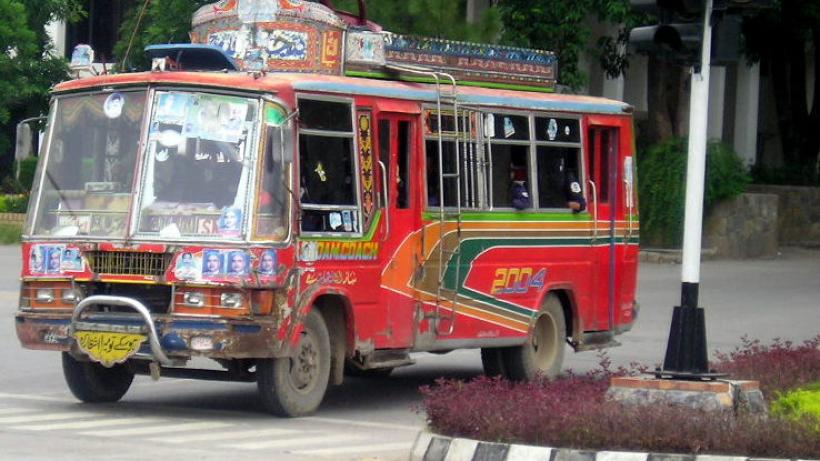Public transport and urban labour market integration: A randomised control trial
A well-integrated citywide public transport network contributes to economic growth by reducing transport costs and travel time, facilitating specialisation of firms and workers, and decreasing the cost of economic transactions. Yet, despite increasing urbanisation, most of Pakistan’s cities suffer from a poorly connected public transport network. In Lahore, infrastructure investment has concentrated on urban roads rather than on public transport, and land-use policies have encouraged the use of private vehicles. This has resulted in major negative externalities, including congestion and air pollution, as well as traffic fatalities. Increased investment in public transportation would be much more sustainable, both environmentally and economically, and prevent cities from developing on a path that will hamper growth as these externalities increase.
This research, co-funded with DFID-IZA and JPAL-USI, uses a randomised control trial (RCT) in partnership with the government transport agency Lahore Transport Company to test the effect of urban public transport links on labour market outcomes. The experiment will test the impact of a new public transport link on labour market outcomes: whether men and women who have access to transport are more likely to take a job at all, or more likely to commute to a higher quality, higher-paying job. It will also use a separate treatment arm to test the effect of a women’s-only transport link on outcomes for women. In addition, the researchers will use a crosscutting randomisation of ticket discounts to estimate demand for transport at different price levels.
The findings from this research will be immediately useful for Lahore and other major metropolitan areas where the Government of Pakistan is building BRT transit systems. The research will provide cost-benefit analyses of transport services that could be provided in peri-urban areas, assessing whether any subsidy is required to run services in different kinds of areas and over what time period, as well as potential ticket pricing policies. More generally, by estimating economic impacts of increasing urban access through peri-urban feeder routes, it will inform transportation and economic planning in cities in other developing countries.




